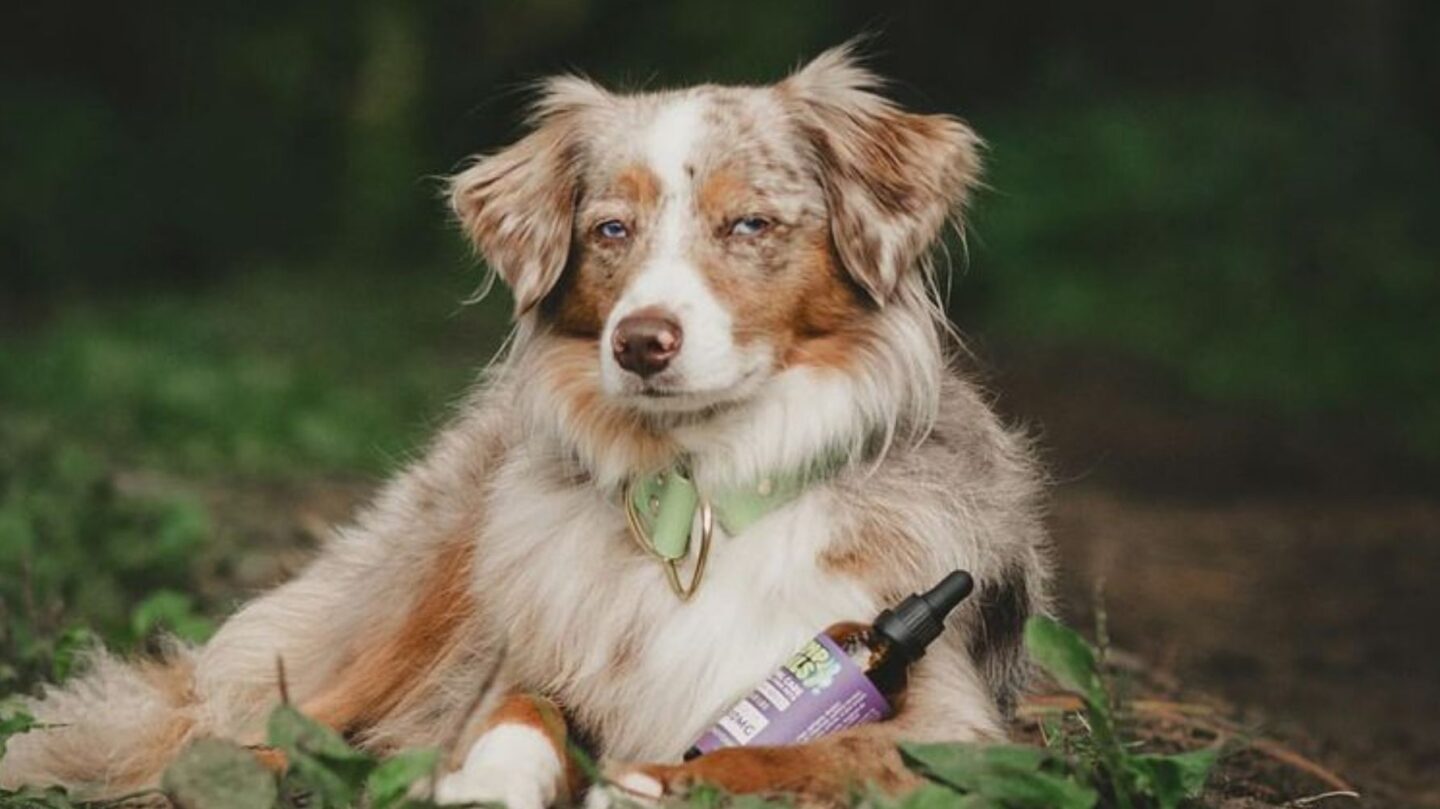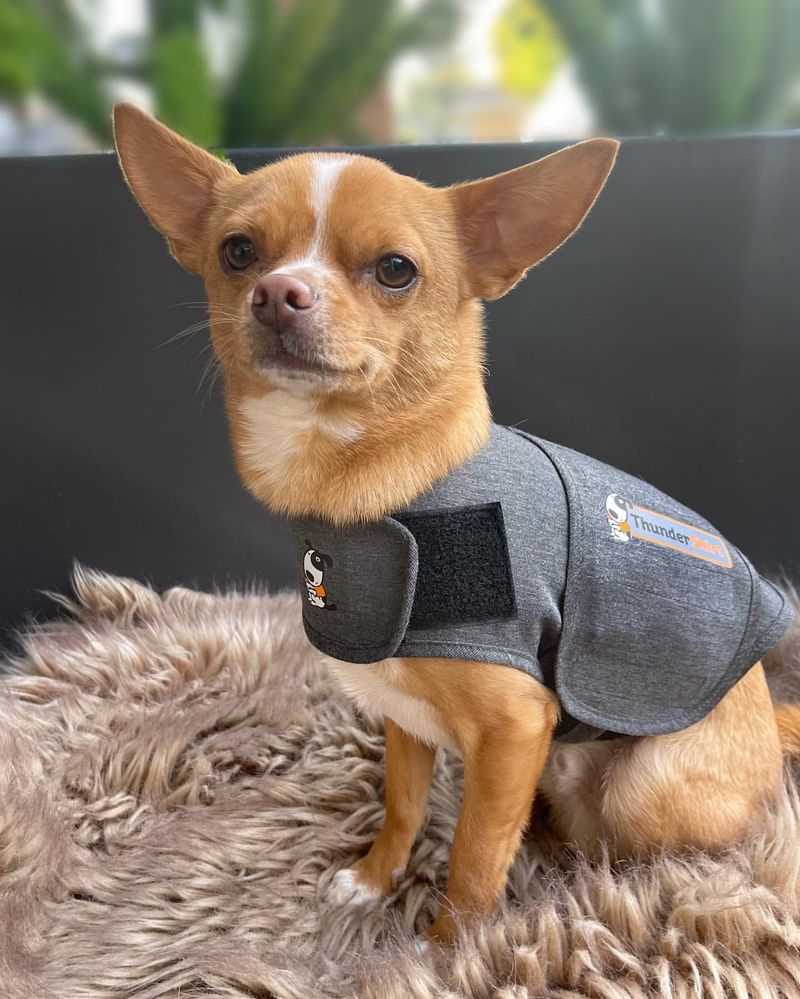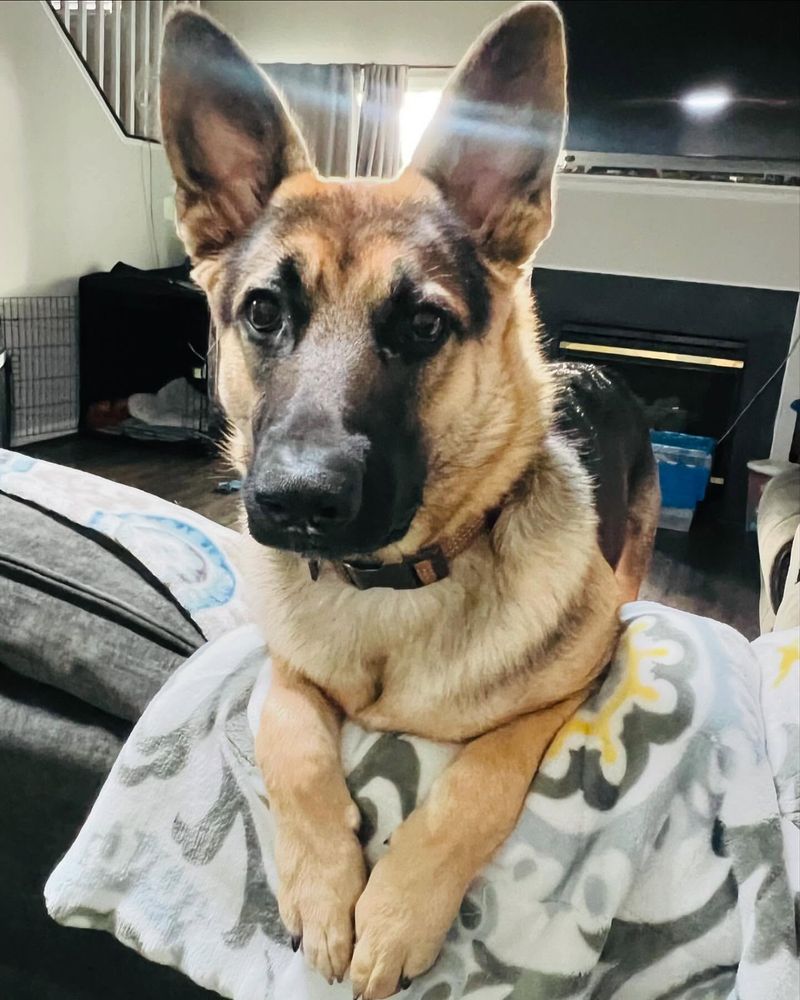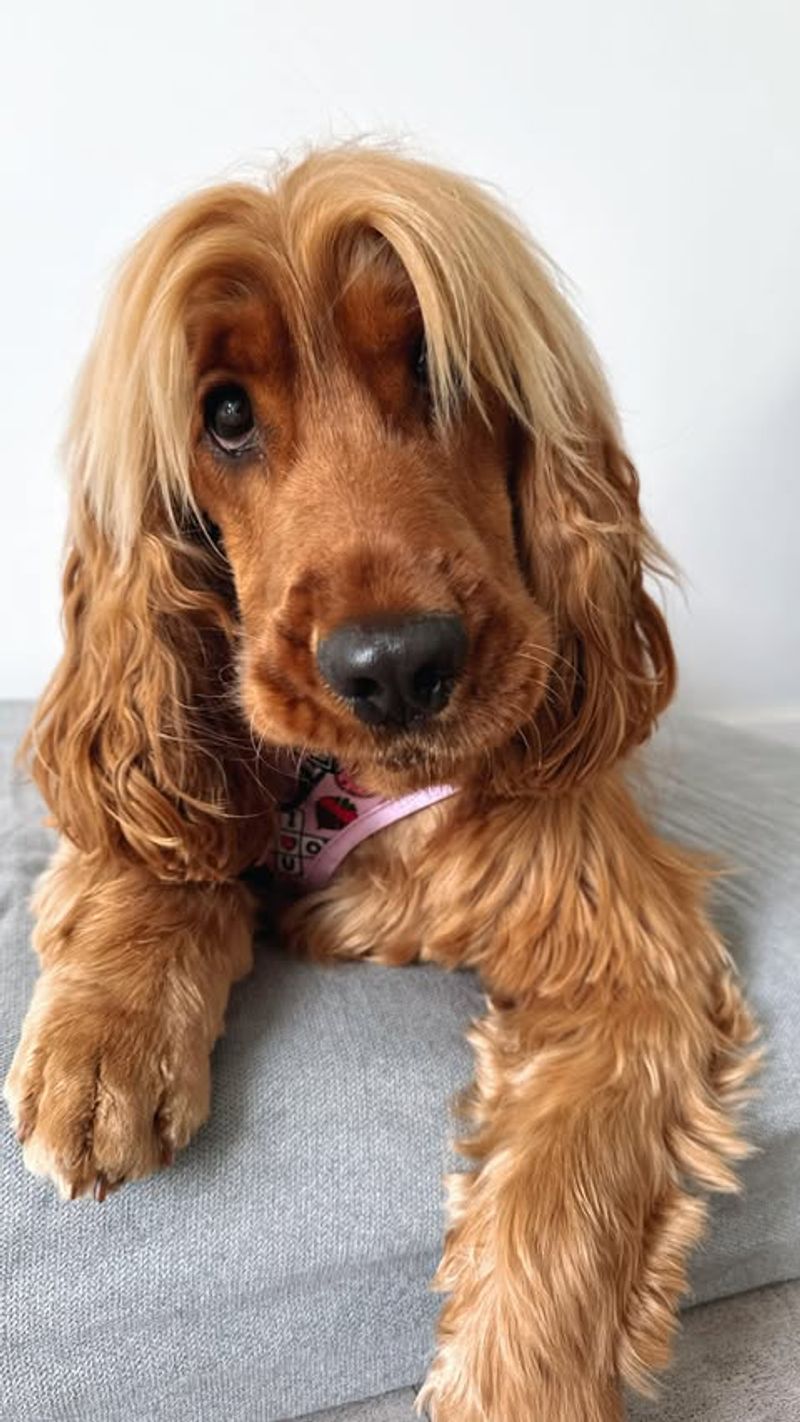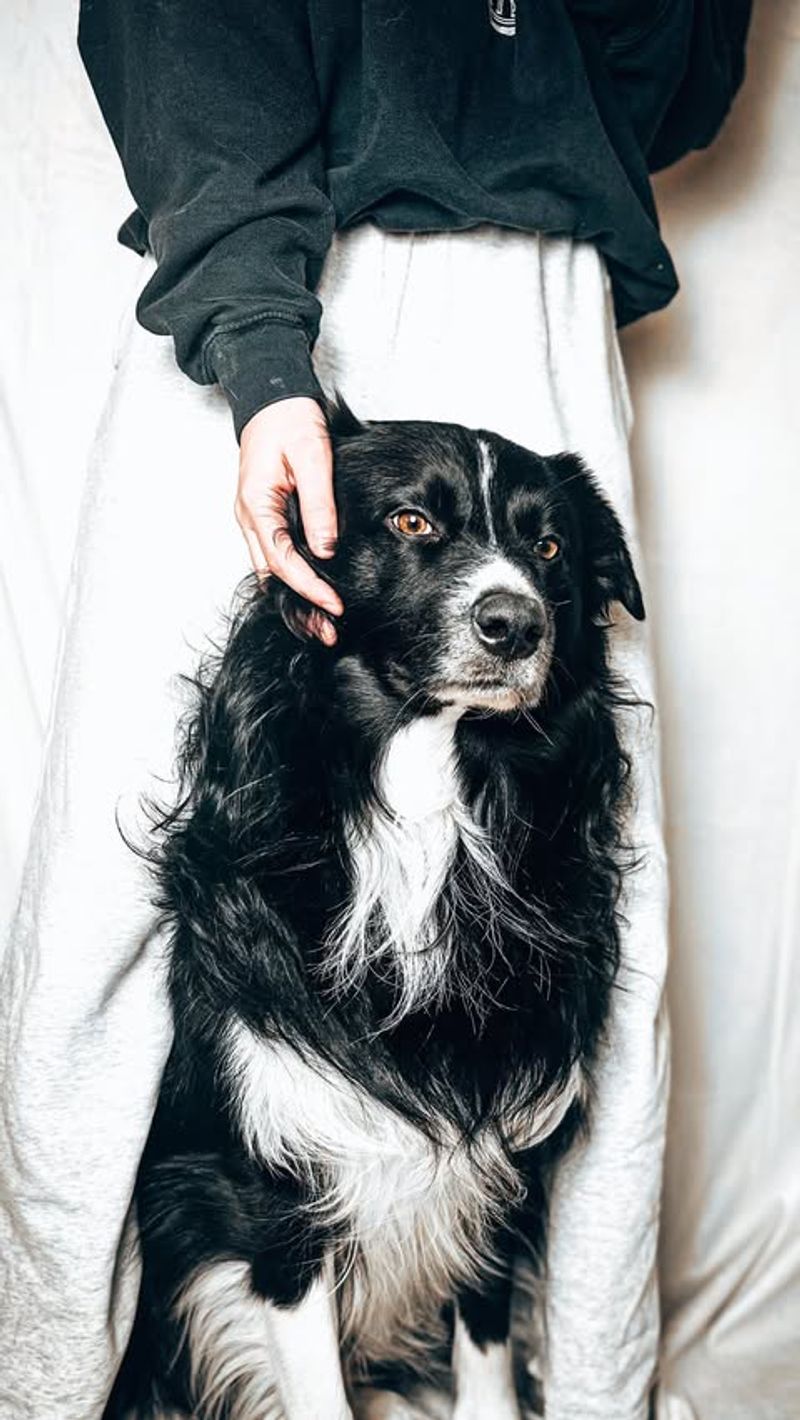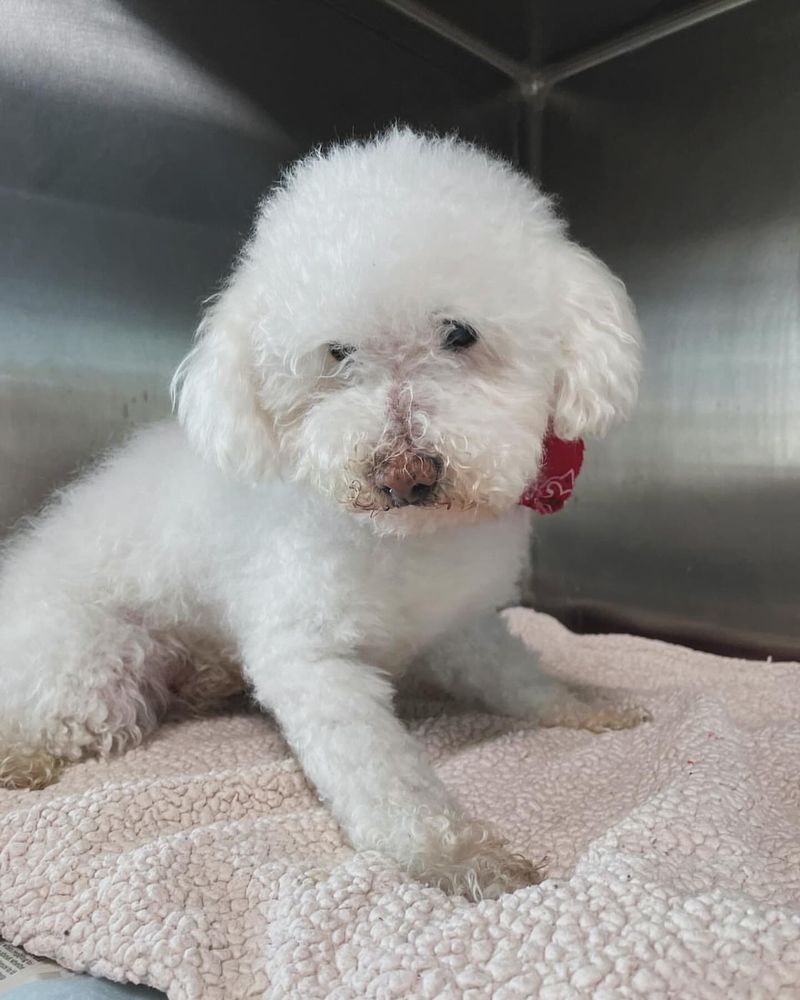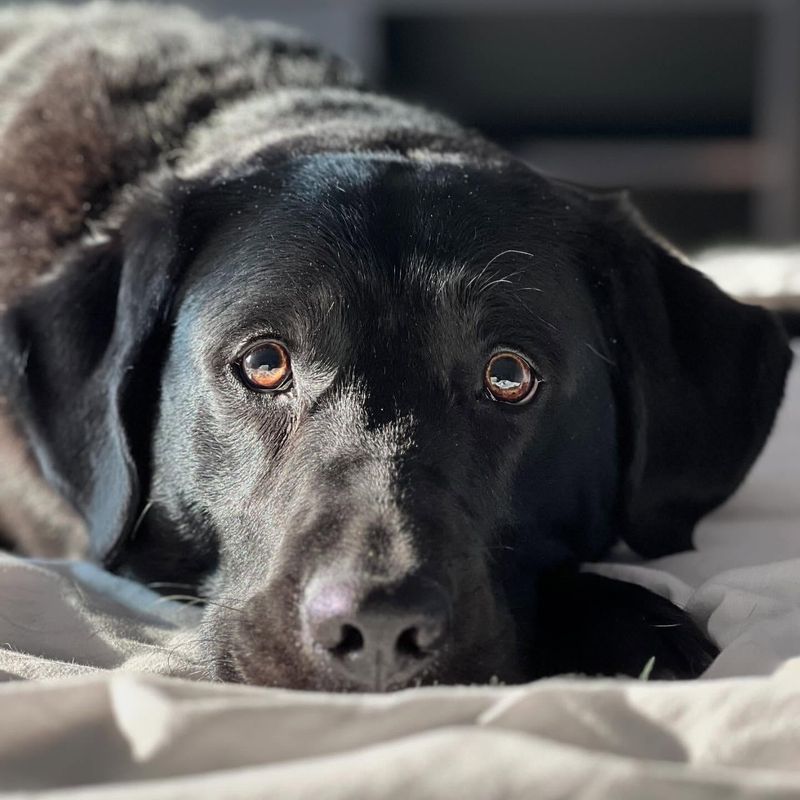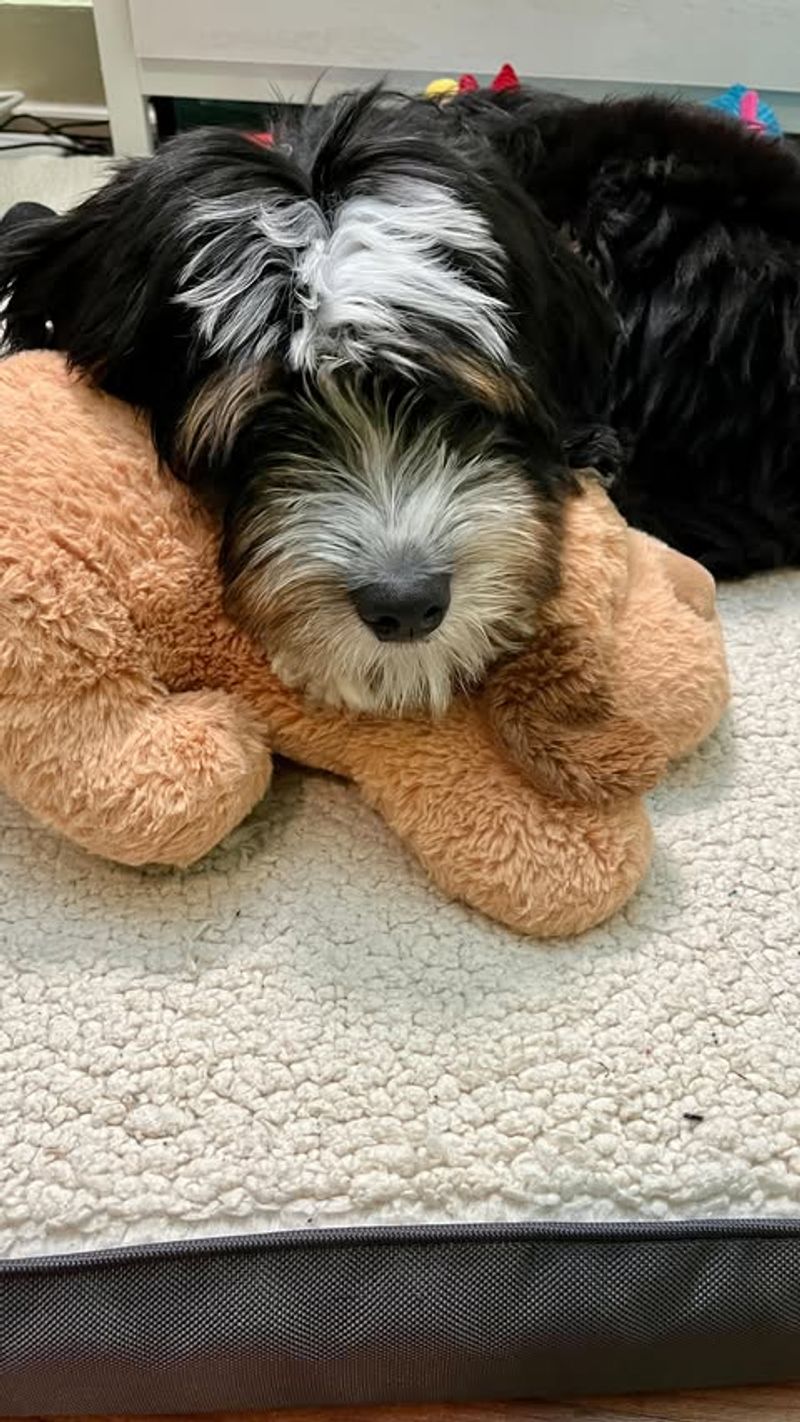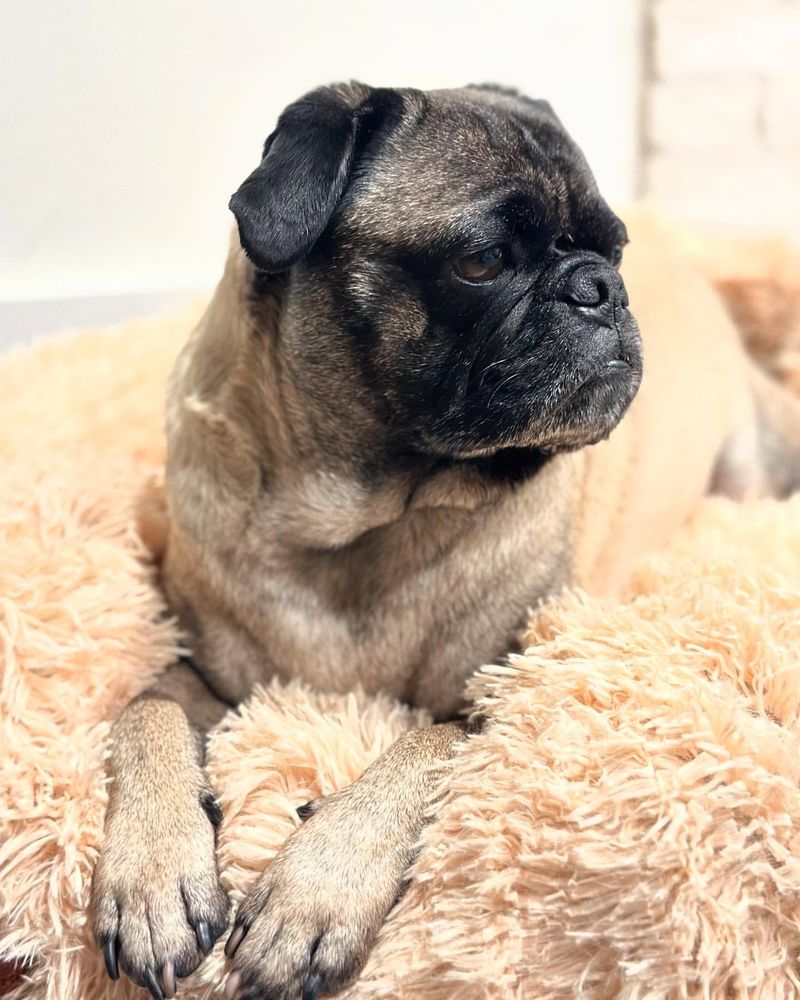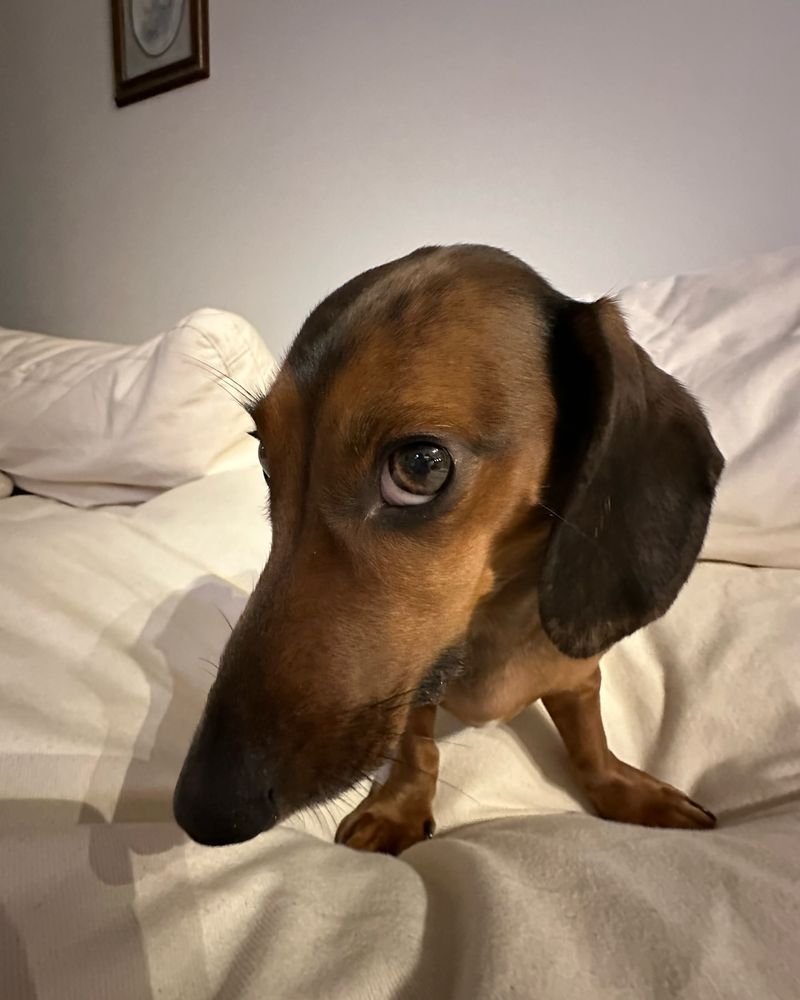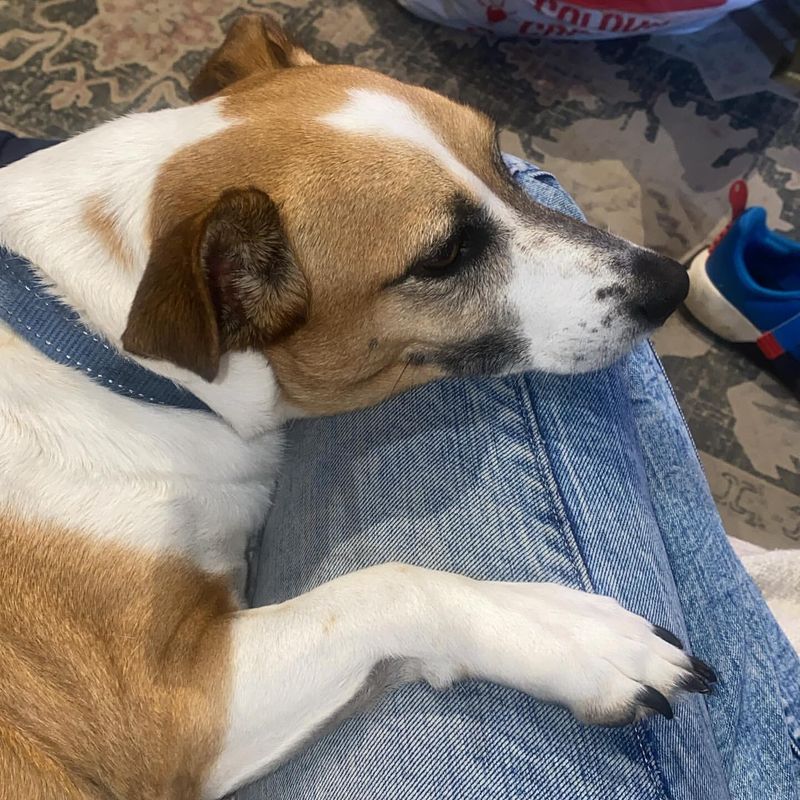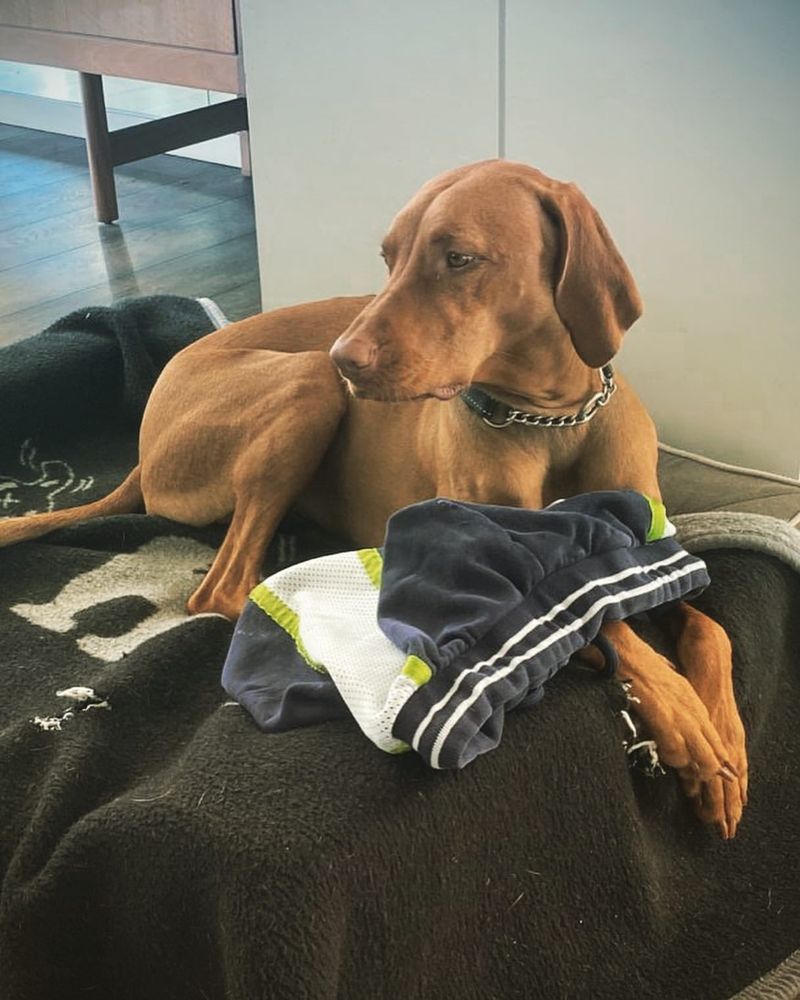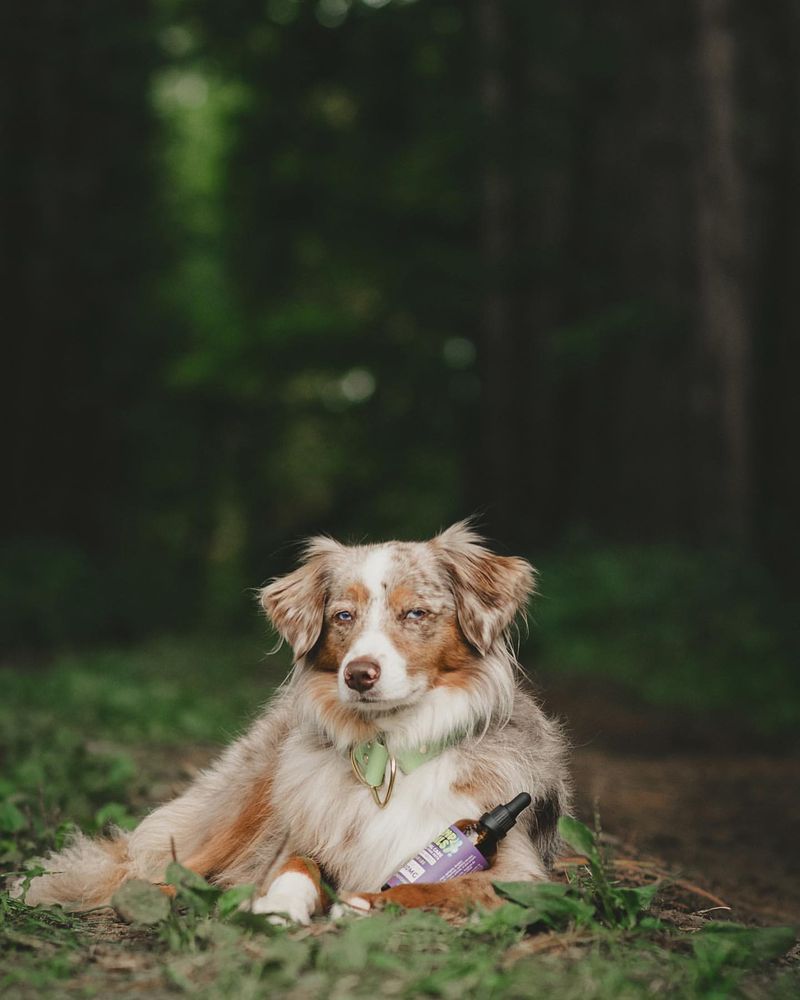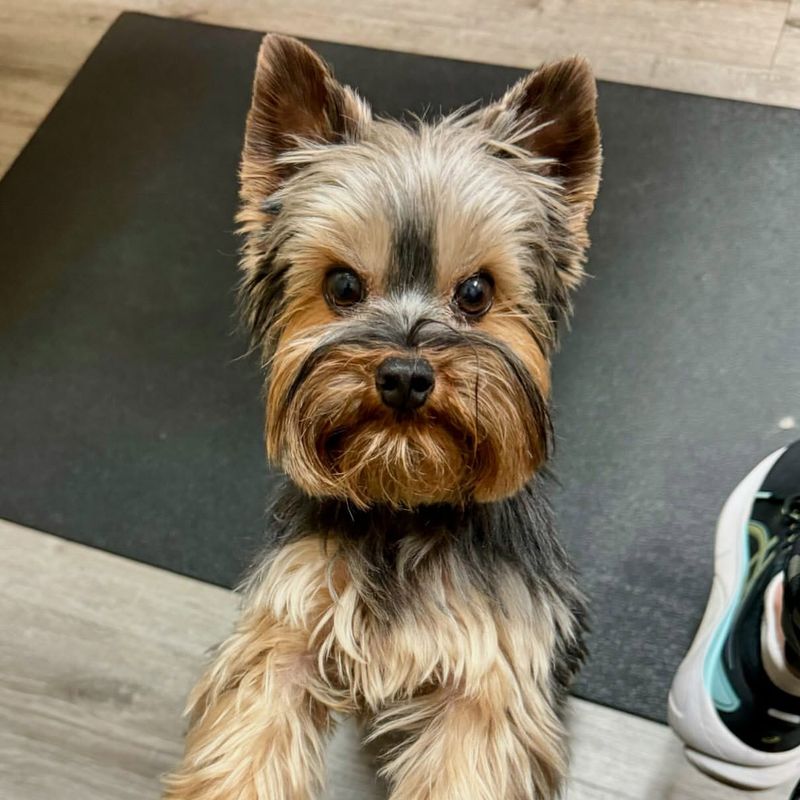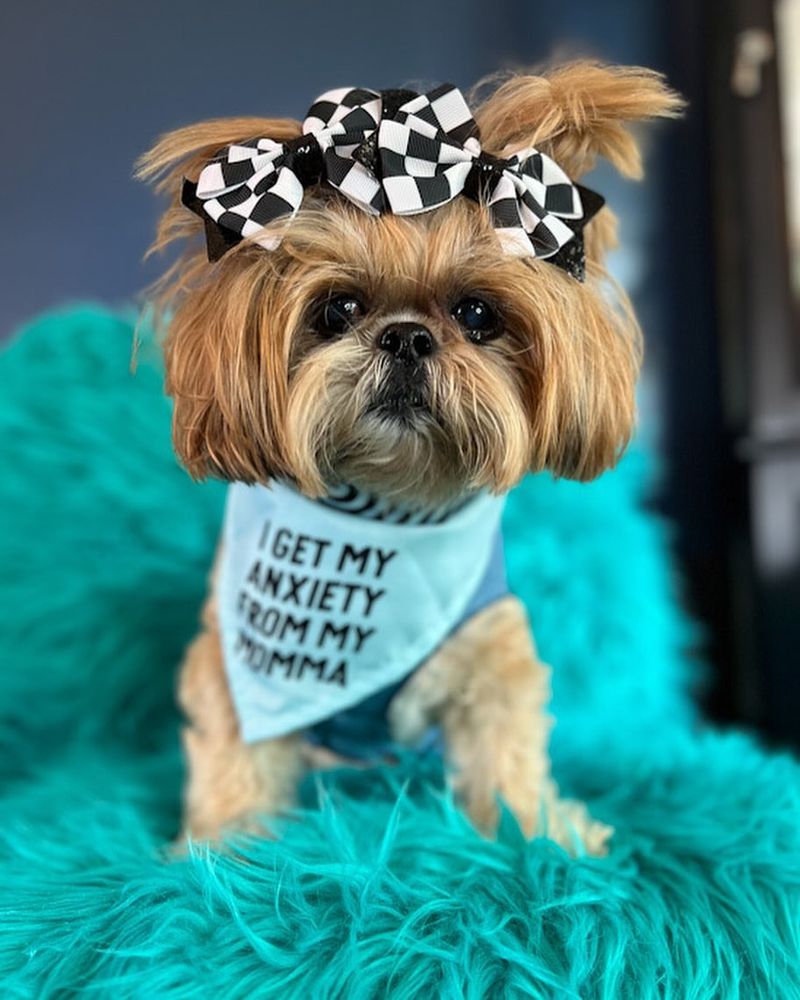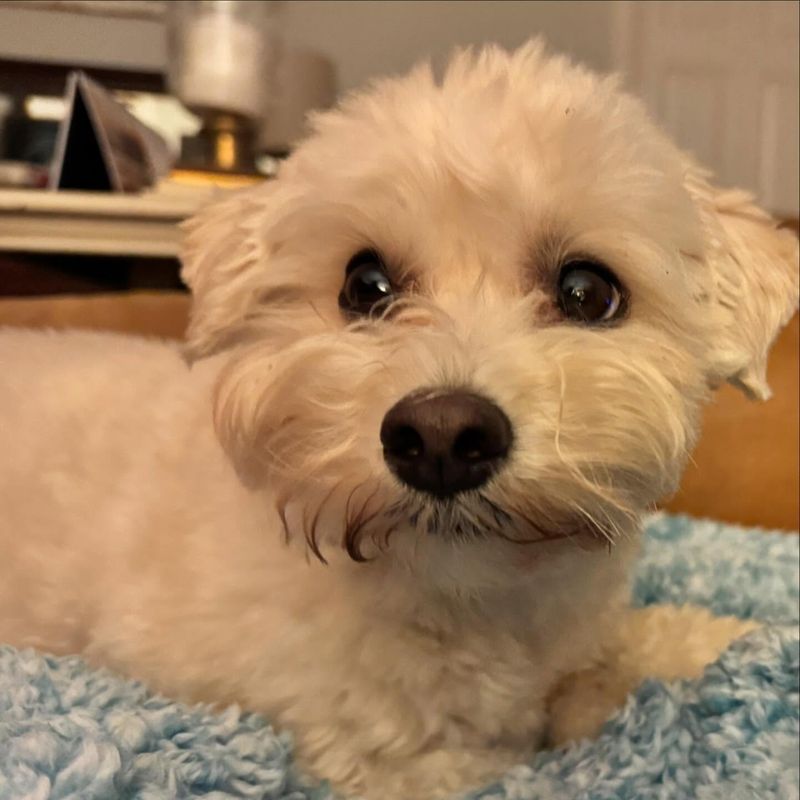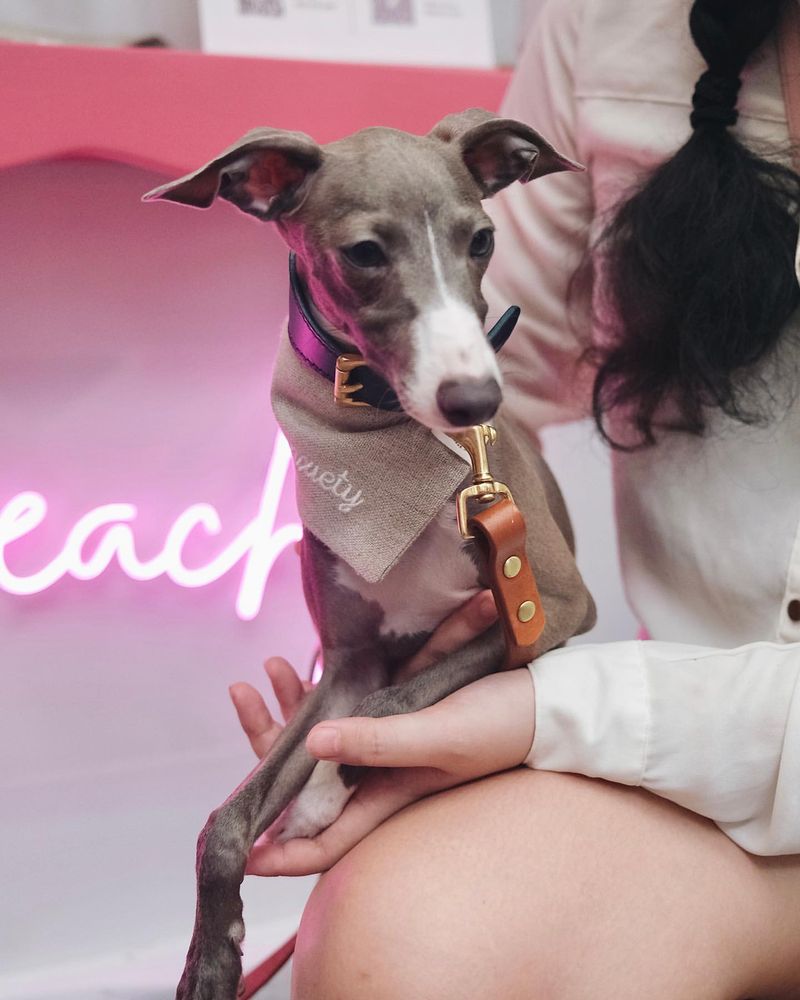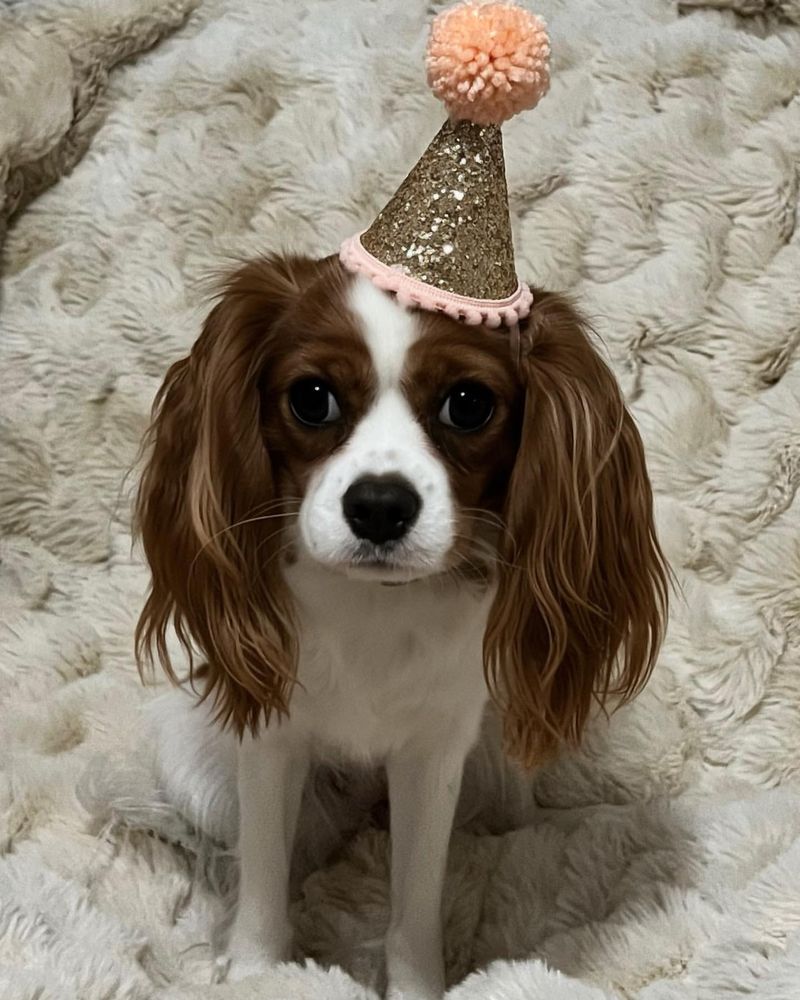Some dog breeds are more prone to anxiety than others. Understanding the unique needs of these breeds can help owners provide better care and support. This post explores 17 such breeds, detailing their anxiety triggers and offering practical advice to help soothe their nerves.
Chihuahua
Chihuahuas, despite their small size, can experience significant anxiety, often due to their sensitivity to noise and new environments. Their tiny stature makes them more vulnerable, and they tend to become stressed in busy households.
To help a Chihuahua, it’s essential to create a tranquil home environment. Soft, comforting beds and familiar toys can offer them a sense of security. Socialization is crucial from a young age, helping them adapt to various situations without fear.
Regular gentle walks and positive reinforcement training can also build their confidence.
German Shepherd
German Shepherds are known for their intelligence and loyalty, but they are also prone to anxiety, particularly separation anxiety. Their strong bond with their owners means they may become distressed when left alone.
To alleviate this, ensure they receive plenty of mental and physical stimulation. Puzzle toys and obedience training can keep their minds engaged.
Gradual desensitization to being alone, by leaving them for short periods and gradually increasing the time, helps reduce their anxiety. Consistent routines also bring comfort to this breed.
Cocker Spaniel
Cocker Spaniels are affectionate dogs that thrive on companionship, making them susceptible to separation anxiety. Their desire to please and be near humans can lead to stress when isolated.
To support a Cocker Spaniel, encourage positive interactions with other dogs and people. This socialization fosters a sense of security.
Interactive toys that challenge their intelligence can also be beneficial in reducing stress. Regular exercise helps expend energy that might otherwise amplify their anxiety, ensuring a calmer demeanor.
Border Collie
Border Collies are highly intelligent and energetic, traits that can contribute to anxiety if not properly managed. Their need for mental stimulation is immense.
Owners should engage them in activities that challenge their intellect, such as agility courses and herding games. A consistent routine helps them predict what happens next, reducing anxiety.
Ensuring they have a job to do, even if it’s simple tasks at home, can fulfill their working instincts and lead to a happy, relaxed dog.
Bichon Frise
Bichon Frises are social butterflies, and their friendly disposition means they can become anxious if neglected or left alone for long periods. Their love for human interaction is profound.
To prevent anxiety, involve them in family activities and ensure they’re not isolated. Regular grooming and care routines can also soothe them, as they thrive on predictability.
Providing a variety of toys and engaging in interactive play keeps them entertained and mentally satisfied, reducing any stress they might feel.
Labrador Retriever
Labrador Retrievers, known for their friendly nature, can experience anxiety when their need for exercise and companionship isn’t met. They are social and energetic, requiring plenty of interaction.
Regular exercise is key, as it helps expend their boundless energy. Long walks and swimming sessions are ideal.
Training sessions that include positive reinforcement also bolster their confidence. Consistent affection and attention assure them, mitigating feelings of anxiety and ensuring they remain happy companions.
Havanese
Havanese dogs, with their silky coats and cheerful nature, can be prone to anxiety, especially in noisy or chaotic environments. They thrive on attention and affection.
Owners should provide a quiet, comforting space where the Havanese can retreat when feeling overwhelmed. Regular grooming ensures they feel comfortable and cared for.
Engaging them in playful activities and ensuring they have plenty of human interaction throughout the day helps maintain their cheerful disposition and reduces anxiety.
Pug
Pugs, with their distinctive wrinkled faces, are affectionate and often form strong bonds with their owners. This bond makes them susceptible to separation anxiety.
To help a Pug, encourage gradual independence by practicing being apart in short increments. Start with leaving them alone for small durations, then gradually increase the time.
Providing interactive toys and engaging in playtime when together strengthens their confidence. A predictable routine can also offer comfort, helping them understand when to expect interaction and downtime.
Dachshund
Dachshunds, with their playful yet stubborn nature, can experience anxiety, particularly when separated from their family. They crave companionship and can become distressed if left alone.
To help a Dachshund, ensure they have plenty of companionship and engage them in interactive play. Toys that stimulate their hunting instincts can be very beneficial.
Establishing a comforting routine with regular feeding and walking times helps them feel secure. Gradually increasing the time apart can also ease separation anxiety.
Jack Russell Terrier
Jack Russell Terriers are energetic and intelligent, requiring a lot of mental stimulation to prevent anxiety. Boredom can lead to destructive behavior, making it crucial to keep them engaged.
Regular training sessions and puzzle toys help satisfy their need for activity. Providing a structured environment with clear boundaries and routine helps alleviate stress.
Daily exercise, including agility training, can channel their abundant energy positively. Socialization from a young age also ensures they remain well-adjusted and confident.
Vizsla
Vizslas are affectionate, high-energy dogs known for their strong attachment to their families. This attachment can lead to anxiety, especially when they’re left alone.
To support a Vizsla, ensure they receive ample exercise to burn off their energy, such as running or playing fetch. Activities that involve both mental and physical engagement are ideal.
Gradual desensitization to being alone can help, along with providing a safe, comfortable space where they can retreat when needed.
Australian Shepherd
Australian Shepherds are intelligent and energetic, traits that can contribute to anxiety if not channeled properly. They need a purpose or task to feel satisfied.
Owners should provide plenty of mental and physical activities, such as herding activities or agility courses. Consistent training and socialization also aid in reducing their anxiety.
Ensuring they have a structured environment with clear boundaries helps them feel secure. Regular interaction and companionship further support their emotional well-being.
Yorkshire Terrier
Yorkshire Terriers, with their bold personalities, can be prone to anxiety, especially in unfamiliar settings. They thrive on routine and familiar faces.
To keep a Yorkshire Terrier calm, establish a consistent daily schedule that includes feeding and playtimes. Socialization from a young age helps them adjust to new environments and people.
Providing a cozy, secure spot where they can retreat when overwhelmed is beneficial. Engaging them in interactive play and ensuring they feel part of the family reduces anxiety.
Shih Tzu
Shih Tzus, known for their charming appearance and affectionate nature, can develop anxiety, often related to changes in their routine or environment. They thrive in stability.
Owners should maintain a consistent daily routine to provide stability. Regular grooming not only keeps them comfortable but also strengthens the bond with their owner.
Interactive toys and gentle play socialize them, reducing anxiety. Ensuring a calm and predictable home environment helps alleviate stress and keeps them content.
Maltese
Maltese dogs, with their gentle and playful nature, can be prone to anxiety if left alone often. They form strong bonds with their owners and need companionship.
To ease a Maltese’s anxiety, involve them in daily activities and ensure they have a comforting, safe space. Regular socialization helps them adapt to new situations and people.
Engaging in playtime and providing interactive toys keeps them entertained, reducing the likelihood of stress. A calm environment supports their emotional well-being.
Italian Greyhound
Italian Greyhounds, with their sleek and elegant build, are sensitive and can experience anxiety, especially in unfamiliar surroundings. They require gentle handling and a quiet environment.
To help them feel secure, establish a safe, cozy spot for relaxation. Regular gentle walks and positive interactions build their confidence.
Socialization and gradual exposure to new experiences ensure they remain calm and well-adjusted. Consistent routines and plenty of affection help alleviate their anxiety and keep them happy.
Cavalier King Charles Spaniel
Cavalier King Charles Spaniels are affectionate and sociable but can suffer from anxiety due to their strong attachment to family members. They crave companionship and can become stressed when left alone.
To support them, involve them in family activities and ensure they are not isolated for long periods. Socialization helps them adapt to different situations.
Engaging them in play and providing interactive toys keep their minds busy, reducing anxiety. A stable routine offers comfort and security, ensuring they remain content.
